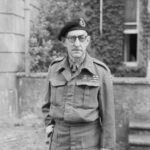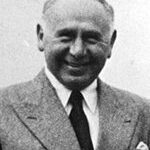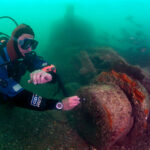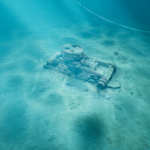Background
Whilst planning Operation Overlord it was clear that cooperation was needed from of all the armed forces as well as resources and specialist equipment. Specialist Armoured units were needed to eliminate the German defences along the Normandy Beaches, otherwise high casualties among the infantry would prove unacceptable.
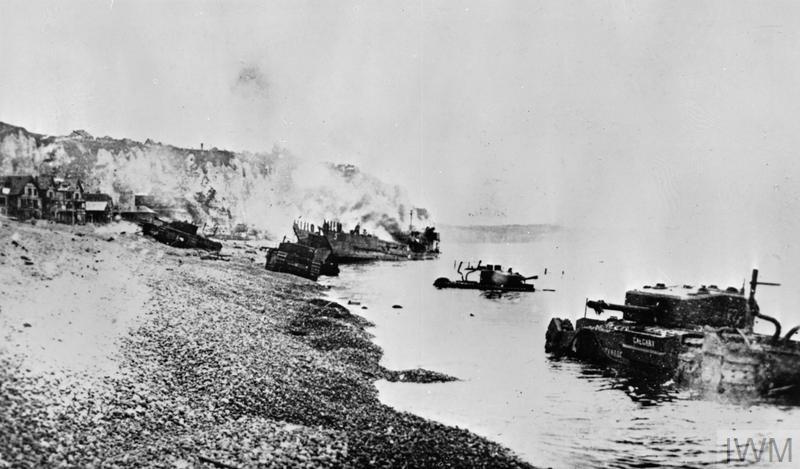
The failed Dieppe Raid on 19 August 1942 highlighted the need for armoured support in amphibious landing, over 6000 Allied infantry was landed with the support of the Churchill Tanks of the 14th Canadian Army Tank Regiment. However, these were late in arriving and frequently got stuck on the shingle beaches the few tanks that made it off the beach were then hampered by the mass of anti-tank defences.
As a result of the raid and other amphibious landings it was clear that specialised units were required leading to the formation of the 79th Armoured Division under Major-General Sir Percy Hobart who developed a series of specific vehicles known as the Hobart funnies, the history of which stretched back to the develpemnt of the tank in the First World War which included Flail, Flame Throwing, Carpet Laying and Duplex Drive Tanks.
Duplex Drive Tanks
The idea of a swimming tank was originally trialled on the last day of the First World War where a Mk IX tank was made to float at Hendon Reservoir through the use of air filled drums. Development seems to have stopped in peace time however Nicholas Straussler an Hungarian engineer who settled in Britain during the 1930s continually worked on designs for amphibious tanks starting in 1927.
In order to displace enough water for a tank to float, Straussler came up with a design which consisted of a collapsible canvas skirt, held up by pneumatic tubes which could be fixed to standard tank, propellers could then be powered by the rear idlers thus creating a duplex drive system.
More detail on the principle of DD tanks can be seen in the video below produced by the Military Training School in 1946.
Development
Straussler first applied his design to an Tetrarch tank in July 1940. His design was initially rejected by the Navy Construction Branch as impractical, however he persisted with his plans finally trialling the prototype in the Brent Reservoir in June 1941. Sea trials of the Tetrarch took place in Langstone Harbour in the December. As a result of these trials it was decided that the DD equipment would be fitted the Valentine Tank. However various firing trails continued on the Tetrarch. The Americans also decided to fit the DD gear to an M3 light tank but the prototype rapidly sank.
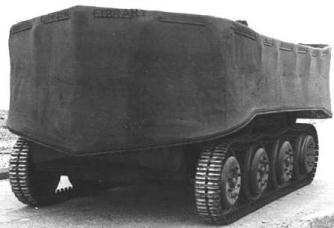
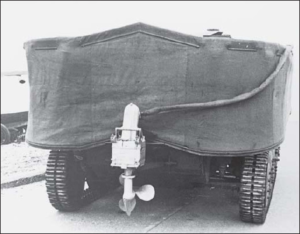
Valentine Tank
A Valentine Mk II was chosen to become the trial vehicle and underwent rigorous testing at an unspecified location in May 1942.
The Valentines were a good mid-war tank account for over a quarter of the armour produced for the Army.
In June 1942 during sea trials the Valentine sank of Hayling Island, due to “excessive trialling”. The gear was stripped of this tank and transferred to another Valentine to prove its seaworthiness before mass production began. The following month a request was made for 450 set of DD equipment to be applied to Mk V and IX Valentines.
In April 1943 the DDs came under the authority of the 79th Armoured Division, Hobart trained 10 regiments in the use of DD including the 4th/7th Dragoons, 13th/18th Hussars, Nottinghamshire Yeomanry, East Riding Yeomanry and 15th/19th Hussars from Britain, the 1st Hussars and the Fort Garry Horse from Canada, and the 70th, 741st and 743rd tank battalions from America. However production was slow with only 33 DD known to have come of the production line by April 1943.
Three Marks of Valentine were converted into DDs on mass Including the V, IX and XI by December 1943 there were 47 Mk V, 230 Mk IX and 260 Mk XI functional with around 47 declared as sub-standard.
By this time the Valentine was considered obsolete and due to be totally replaced by the Sherman by March 1944, additionally it was found that after 300 hours afloat the vehicles would no longer be serviceable and had to be scrapped. By the 8th May 1944 all of the remaining Valentines were scheduled to be scrapped.
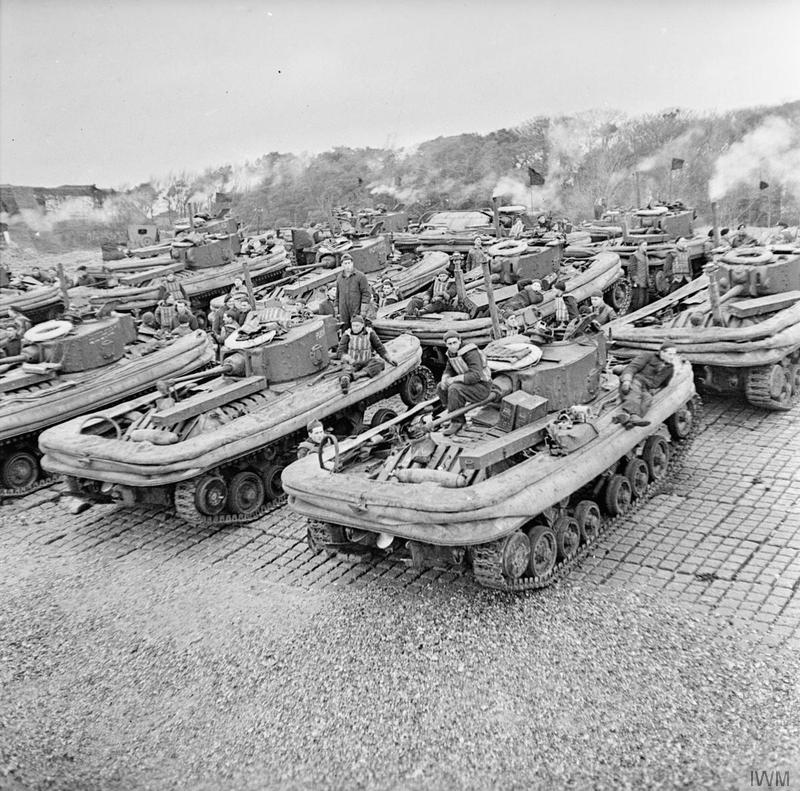
Sherman
The Sherman tank was more seaworthy with its higher freeboard and twin props, faster speed and a forward facing gun.
The earliest mention of a Sherman DD in February 1943, by August 693 Shermans had been assigned to converted to DD tanks and by October launching trails from various landing craft and ships had been completed, although the Sherman launched during these trials sunk straight of the landing craft.
The first Shermans were delivered to the 13th/18th in May 1943 with the 4/7 and East Riding Yeomanry with Shermans slowly replacing the non-DD valentines in the Brigade over the following months.
On the 3rd November 1943 the DD tanks were demonstrated to the chief of staff to supreme allied commander at Studland Bay, the following day the Americans left with photos and blueprints to begin DD Sherman production in the States, by February 24th 15 Sherman DDs a day were leaving US factories bound for Liverpool.
However in March 1944 it was reported that the Americans would have access to 350 Shermans they required but the British would only have 150 out of the 366 needed and may have to make up the deficit with Valentines, luckily this did not happen.
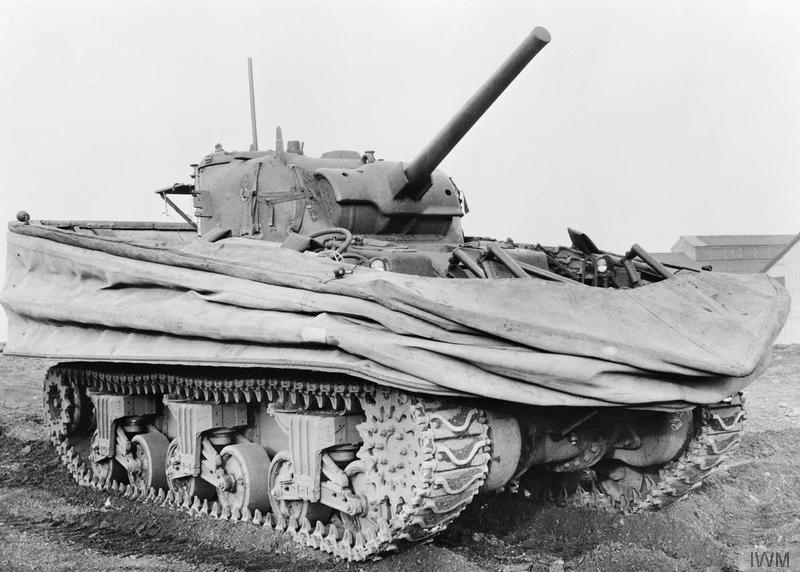
Training and Exercises
Testing and training in DDs took place all over the country, due to their secret nature not all losses were recorded and may records would have been destroyed detailing the loss and position of any tank wreck.
The map below details some of these Exercises and key places to do with the development of the DD tanks in the UK.
Their Operational Successes
The importance of the DD tanks and other specially developed vehicles aiding the infantry making progress off the beaches on D-Day is highlighted by Omaha beach. The beach head, codenamed Omaha, was the responsibility of the First US Army, led by 1 US and followed up by 29 US divisions. The 741st Division consisted of 32 DD tanks, 29 of these were launched at 5000 yards into a choppy, tidal sea. The result of this was 27 of the tanks being swept off course and swamped. Two of the DD’s made it onto the beach and a further three were not launched and landed straight onto the beach. When this lack of armoured support is combined with the lack of other specialised equipment such as flails, the difficult terrain of a rising beach and Hitler’s formidable Atlantic wall, casualties ran high. The clearance of beach defences was slowed by the requirement of infantry engineers, with infantry progressing only a few hundred yards by nightfall. Whereas on Sword beach for example, the infantry was supported by a full complement of specialised armour and successful landings (33 tanks landing), made quick progress, progressing approximately a mile and a half by 0930. The combined British and Canadian casualties over the course of D-Day is approximated to be around 4200 across the three landing beaches. The American’s casualties were about 6000 on two beaches with around half of these casualties being during the Omaha beach assault.
The success of the specialised armour on D-Day is shown in their use during later operations. The crossing of the Rhine, Operation Plunder was undertaken by the Staffordshire Yeomanry taking place under the cover of darkness on 23 March 1945. For the Rhine crossing, initial training took place on Fritton Lake with further training undertaken at Burton-on-Sather, where the Staffordshire Yeomanry trained specifically in the crossing of rivers. Further training wings were opened on the River Mass and the Waal. Prior to Operation Plunder, landings took place at Beveland, the river Elbe and the river Po. The US army utilised the DD tanks successfully for Operation Dragoon, the amphibious invasion of Southern France on 15 August 1944. 20 DD tanks launched from their LCTs, and 16 successfully made the beach. At least one Sherman DD was lost off Italy by the 753rd battalion during the training for Operation Dragoon in July 1944. DD Valentines also being shipped out to North Africa and the Middle East. The memoir of John Leyin of the 25th Dragoons recalls his training in India for the amphibious landings in Japanese occupied Malaya. The success of the DD tanks was clear. Clearly they are of considerable military significance.
This page has been derived from the MSc Disseration of Tom Harrison, full publiction is forthcoming
